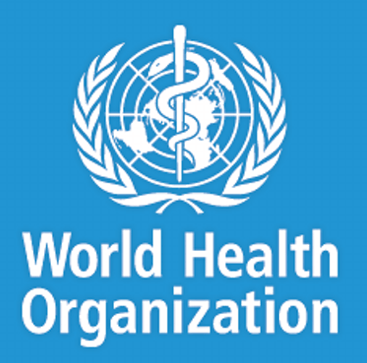Half of the world’s 7.3 billion people can’t access essential health services – WHO
 At least half of the world’s 7.3 billion people still do not have access to essential health services, such as having a skilled birth attendant, vaccinations for children or treatment for HIV, a new data from the World Health Organisation (WHO) and the World Bank shows.
At least half of the world’s 7.3 billion people still do not have access to essential health services, such as having a skilled birth attendant, vaccinations for children or treatment for HIV, a new data from the World Health Organisation (WHO) and the World Bank shows.
As a result, more than one billion people live with uncontrolled hypertension, which can kill without treatment. Every day, more than 800 women die from causes related to pregnancy and childbirth.
And because nearly 20 million infants do not receive the immunizations they need, they run the risk of dying from diseases like diphtheria, tetanus, pertussis (whooping cough) and measles.
Even when health services are available, using them can mean financial ruin. Every year, 100 million people are pushed into poverty because of health spending, and 179 million people spend more than a quarter of their household budget on health care – a level considered to be “catastrophic health spending”.
“Almost 70 years ago, the WHO was founded on the conviction that health is a human right, not a privilege.
“This is a conviction I share. No one should get sick and die just because they are poor, or because they cannot access the health services they need. It is completely unacceptable that half the world still lacks coverage for the most essential health services,” says Dr Tedros Adhanom Ghebreyesus, Director-General of WHO.
“And it is unnecessary. A solution exists: universal health coverage (UHC) allows everyone to obtain the health services they need, when and where they need them, without facing financial hardship,” he adds.
“The report makes clear that if we are serious – not just about better health outcomes, but also about ending poverty – we must urgently scale up our efforts on universal health coverage,” says the World Bank Group President, Dr. Jim Yong Kim.
“Investments in health, and more generally investments in people, are critical to build human capital and enable sustainable and inclusive economic growth. But the system is broken: we need a fundamental shift in the way we mobilize resources for health and human capital, especially at the country level. We are working on many fronts to help countries spend more and more effectively on people, and increase their progress towards universal health coverage. Why should a child die from drinking unsafe water? Why should a woman die from complications of childbirth that are treated easily even in most middle-income countries? Why should a family have to choose between buying food and buying medicine?” He asks.
The survey points out that Universal Health Coverage (UHC) is the practical expression of the right to health. It means that all people, including the most disadvantaged, can access the quality health services they need, when and where they need them, without facing financial hardship.
But UHC is about more than health insurance, or treating the sick – it’s about protecting the healthy by promoting healthy lifestyles and preventing disease, it notes.
The power of UHC is that it doesn’t only result in improved health. It also reduces poverty by eliminating one of its causes; it creates jobs for health and care workers; it drives inclusive economic growth by ensuring people are healthy and able to work; it promotes gender equality, because it is often women who miss out on health services; and it protects people against epidemics by ensuring outbreaks are prevented, detected early and contained.
UHC is not a new idea. But its inclusion as one of the targets in the Sustainable Development Goals (SDGs) has given new political impetus to the global movement that has been gathering pace for some years. It is also the one target that, if achieved, will catalyze progress towards all the other health targets and many of the other goals.
Far from being a luxury that only rich countries can afford, UHC is achievable and affordable for all countries, at all income levels.
Senegal, for example, is making progress towards a publicly-funded health insurance system, the survey finds.
In Vietnam, more than 60 per cent of the population, and 90 per cent of the poor, are now covered by state-subsidized social health insurance. That’s six times more than 20 years ago.
In Peru, budget-funded health insurance for the poor and those who do not work in the formal sector has led to significant improvements in the health of women and children, and large reductions in the death of newborns and infants.
Similar stories can be told in countries as diverse as the Czech Republic, Indonesia and Rwanda.
A WHO study earlier this year predicted that among 67 low- and middle-income countries that account for 75% of the world’s population, 85 per cent of the costs of achieving the SDG health targets by 2030 could be met with domestic resources.
Some of the most fragile countries will continue to need external assistance. But for most countries, UHC is affordable and achievable.
Ultimately, it’s a matter of political will.
Governments with the determination, courage and foresight to invest in strengthening their health systems towards UHC will reap the benefits long into the future.
At the UHC Forum in Tokyo this week, more countries are committing to making the investments in a future that is healthier, safer and fairer for their citizens.
By Maxwell Awumah
